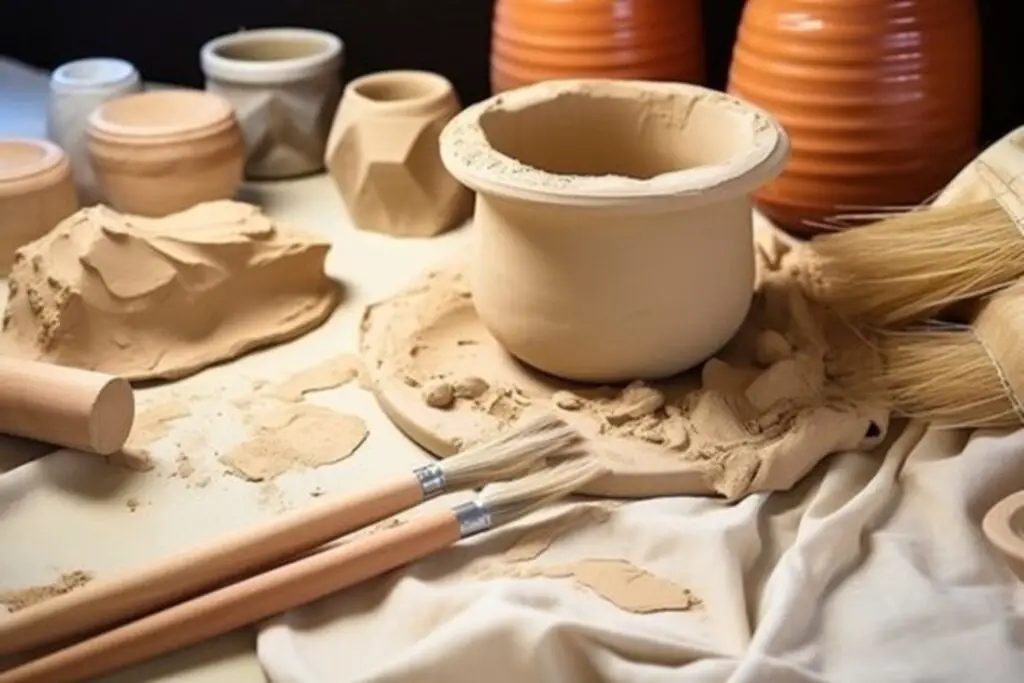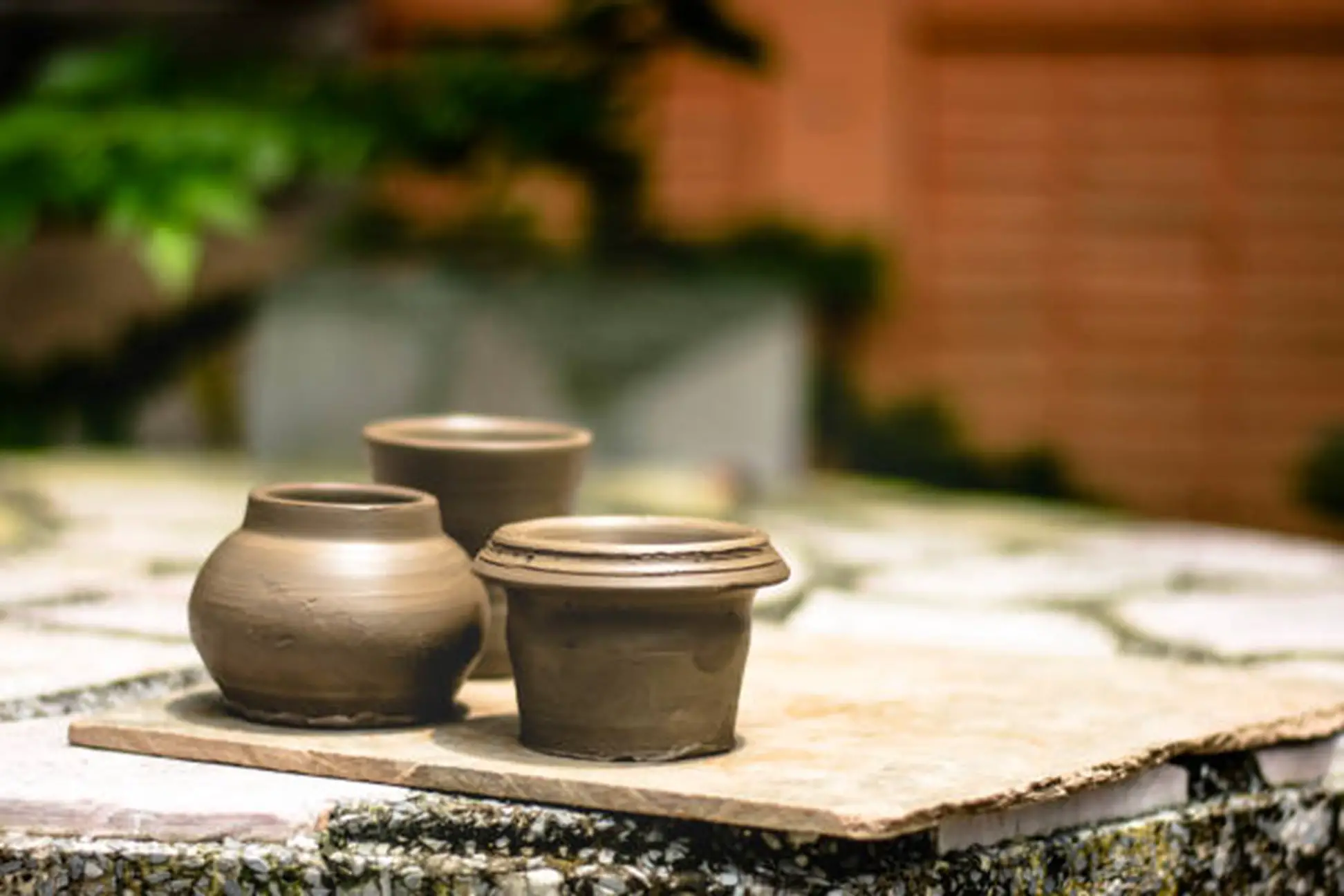Crayola Air Dry Clay is a fascinating product that encourages creativity in whoever uses it while standing out with its unique features. For artists of all skill levels, this easy-to-use and versatile clay offers exciting opportunities for sculpting. This article delves even deeper into the distinctive qualities that make Crayola Air Dry Clay a preferred choice for creation.
Exploring the Features of Crayola Air Dry Clay that Make it Stand Out
The Crayola Air Dry Clay is an exceptional option for making intricate or complex sculptures with neatness and ease. Let us further explore the fantastic features that make it stand out from other clays.
- Soft and Pliable Texture
One of the best features of Crayola Air Dry Clay is its soft and malleable texture. This characteristic is its trademark quality, making it user-friendly for artists at all skill levels. The malleability of this clay allows for easy sculpting, which makes it popular amongst everyone who uses it. The soft texture creates a smoother sculpting process that creates a fuss-free creation process.
- Vibrant Color Options
Adding much further to its appeal, Crayola Air Dry Clay comes in many primary colors. It can eliminate the need for additional painting in many cases, saving you time and money! Artists can choose from a palette of colors and some sub-shades that allow for various color combinations. This feature is especially advantageous for those who want to focus on sculpting without adding painting steps.
- Versatility in Sculpting Styles
Crayola Air Dry Clay’s capabilities are not limited to a particular sculpting style. Its versatility shows in how artists get to explore techniques from simple hand molding to making sculpted creations. Whether you prefer a free-form or abstract approach or a structured method, Crayola Air Dry Clay is all for a broad spectrum of styles. This adaptability makes it an ideal choice for various preferences and visions.
Tips to Properly Work with Crayola Air Dry Clay

Now that you are familiar with the unique features of Crayola Air Dry Clay, it is time for some essential tips to ensure that your experience in creating is not only simple but also yields good results.
1. Keep Your Hands Moist
The right amount of moisture shall be maintained at all times of the creation. You must keep your hands moist when working with Crayola Air Dry Clay. It will prevent the clay from sticking to your fingers during sculpting. You can use a damp sponge or a water spray bottle to achieve this moisture. This simple practice keeps the clay pliable, allowing for intricate and detailed sculptures.
2. Gradual Building for Complex Designs
Creating complex or larger sculptures with Crayola Air Dry Clay is a rewarding process that requires a slow approach; instead of doing it all at once, take it one part at a time. Start with simple shapes and gradually add more details as the clay dries. This method prevents cracking and makes sure the final piece maintains its integrity.
3. Use the Right Tools for Precision
While hands are excellent for shaping, sculpting tools can elevate your creations with even more enhanced details. You can experiment with various tools to carve fine lines, create textures, and bring out the unique characteristics of your sculptures. Combining hand sculpting and tool usage can bring multiple creative possibilities. Here is a tabular representation of the various tools and accessories that can add remarkably to this process.
| Tool/ Accessory | Purpose |
| Sculpting Tools | Carving/ shaping clay, adding fine details |
| Damp sponge/ water spray | Maintaining moisture on a clay surface |
| Fine-grit sandpaper | Smoothing rough edges upon drying |
| Clear varnish/ sealant | Protecting finished sculpture |
| Acrylic paints | Adding vibrant colors or details |
4. Experiment with Texture Techniques
Crayola Air Dry Clay is apt for experimenting with texture techniques. Try out interesting patterns, imprints, or relief details by pressing objects into the clay or using textured tools. It adds depth to your sculptures, making them more visually appealing.
Expert Tricks That Ensure Smoother Results for Crayola Air Dry Clay Sculptures
If you want to make the most of your Crayola Air Dry Clay experience, you can try some expert tips that can make a massive difference to the finished piece.
- Opt for Sanding for a Smooth Finish
When the sculpture has dried up, fine-grit sandpaper smooth any remaining rough edges. Sanding refines the surface and prepares it for further painting, if any. A smooth finish creates a great aesthetic appeal and makes your creations look professional.
- Seal Your Finished Sculpture
Always use a varnish or sealant to protect and preserve a finished piece. This step provides a layer of protection against dust and potential damage. Sealing enhances the overall appearance of your sculpture.
- Experiment with Paints and Finishes
You can take your Crayola Air Dry Clay creations to the next level by experimenting with various paints and finishes. Acrylic paints are the best for dried clay. Additionally, experimenting with different matter or glossy finishes can also prove fruitful.
Common Troubleshooting for Mishaps
Even when you use the best techniques, there may be occasional mishaps that can occur during sculpting. Let us explore some of them and find troubleshooting methods for the same:
1. Cracking During Drying
If you see cracks on your sculpture upon drying, there is a chance that the clay dried too fast. To prevent this from happening, cover your work with a damp cloth or plastic wrap. It slows down the drying process and reduces the chances of cracks. You can work in smaller sections and allow each part to dry before moving on.
2. Difficulty in Adding Details
Adding little details to your sculpture can be challenging, especially when the clay has dried up. To resolve this, moisten the area and then add the additional clay. It ensures a better surface for the new clay, making it easier to put on intricate details. Working with a slightly damp brush can also help with fine textures.
Conclusion
Crayola Air Dry Clay is a favorite product for sculpting and creating amongst children and adults. You need not be a seasoned sculptor or artist to work with this pliable clay that can help you create various captivating pieces. The above-mentioned tips, tricks, features, and troubleshooting are for everyone to learn more about creating with this pottery clay.







